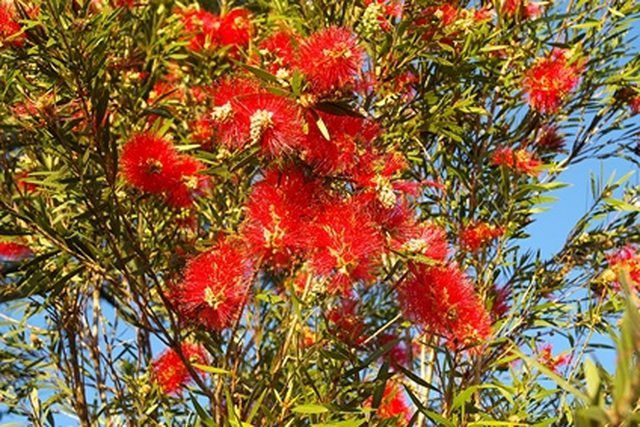Bulbs
Flower Basics
Flower Beds & Specialty Gardens
Flower Garden
Garden Furniture
Garden Gnomes
Garden Seeds
Garden Sheds
Garden Statues
Garden Tools & Supplies
Gardening Basics
Green & Organic
Groundcovers & Vines
Growing Annuals
Growing Basil
Growing Beans
Growing Berries
Growing Blueberries
Growing Cactus
Growing Corn
Growing Cotton
Growing Edibles
Growing Flowers
Growing Garlic
Growing Grapes
Growing Grass
Growing Herbs
Growing Jasmine
Growing Mint
Growing Mushrooms
Orchids
Growing Peanuts
Growing Perennials
Growing Plants
Growing Rosemary
Growing Roses
Growing Strawberries
Growing Sunflowers
Growing Thyme
Growing Tomatoes
Growing Tulips
Growing Vegetables
Herb Basics
Herb Garden
Indoor Growing
Landscaping Basics
Landscaping Patios
Landscaping Plants
Landscaping Shrubs
Landscaping Trees
Landscaping Walks & Pathways
Lawn Basics
Lawn Maintenance
Lawn Mowers
Lawn Ornaments
Lawn Planting
Lawn Tools
Outdoor Growing
Overall Landscape Planning
Pests, Weeds & Problems
Plant Basics
Rock Garden
Rose Garden
Shrubs
Soil
Specialty Gardens
Trees
Vegetable Garden
Yard Maintenance
How to Take Care of a Bottlebrush
How to Take Care of a Bottlebrush. Bottlebrush (Callistemon) is a small evergreen tree with a moderate growth habit. Native to Australia, this subtropical tree can grow up to a height of 15 feet, although Callistemon trees can be pruned to keep them shorter. Bottlebrush trees produce numerous spikes of flowers in shades of green, pink, purple,...

Bottlebrush (Callistemon) is a small evergreen tree with a moderate growth habit. Native to Australia, this subtropical tree can grow up to a height of 15 feet, although Callistemon trees can be pruned to keep them shorter. Bottlebrush trees produce numerous spikes of flowers in shades of green, pink, purple, red, white and yellow and a row of bottlebrush trees can provide a colorful hedge. Propagate the trees by cuttings taken late in the summer or by seed. The flowers on bottlebrush trees attract bees, butterflies and hummingbirds into the landscape.
Things You'll Need
Shovel
Rich organic matter
Coarse sand
Garden hose
Pruning shears
Compost or well-rotted manure
Flowering tree fertilizer
Plant bottlebrush trees in an area that receives full sun. Choose a location that provides protection against strong winds. Bottlebrush trees have brittle, weak branches, and strong winds easily damage or snap them. The trees do not tolerate extended periods of cold weather. Plant them close to a building in areas that receive cold snaps. The warmth radiating from the building will provide some protection.
Plant the bottlebrush tree in a location that has well-drained, rich soil. Bottlebrush trees prefer moist soil but do not like to sit in water, as this can lead to root rot. Amend clay soil with rich organic matter and coarse sand. Amend sandy soil with organic matter. Thoroughly mix the soil amendments with the existing soil until the soil has a dark, crumbly appearance.
Water the Callistemon tree weekly during dry weather. Water the ground from the base of the trunk to the edge of the drip line. The drip line is the area on the ground below the end of the tree branches. Cut back on water during the winter months but do not allow the soil to remain dry for extended periods.
Prune the tree after it flowers. Bottlebrush trees typically do not require hard pruning. Cut off any damaged, dead or diseased branches. Prune the tree to keep it at the desired height and shape. Remove dead flower spikes and fruit clusters.
Apply a well-balanced fertilizer, specifically manufactured for flowering trees, on a monthly basis. Add a generous amount of rich compost or well-rotted manure as a top dressing early in the spring. To fertilize, start at the trunk and work your way out to the drip line. Thoroughly water the tree to ensure fertilizer reaches the root system. Follow all of the manufacturer's directions, tips and warnings.